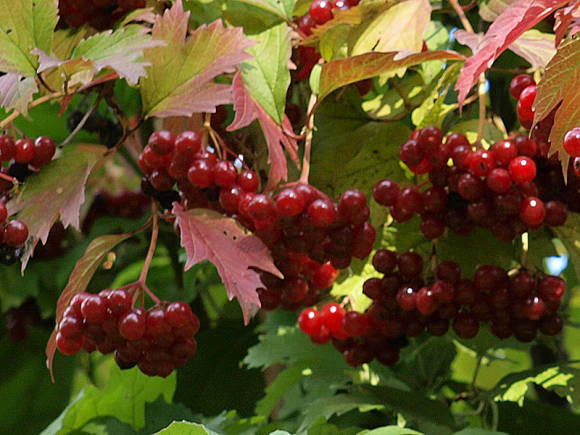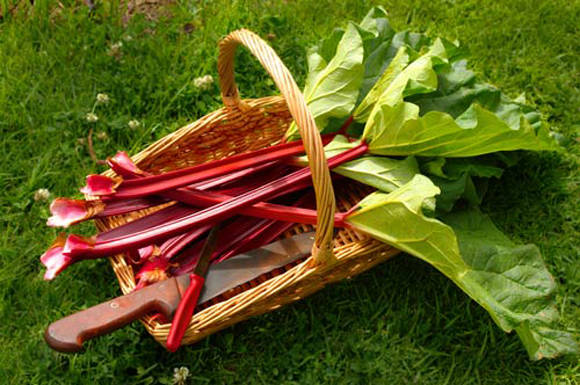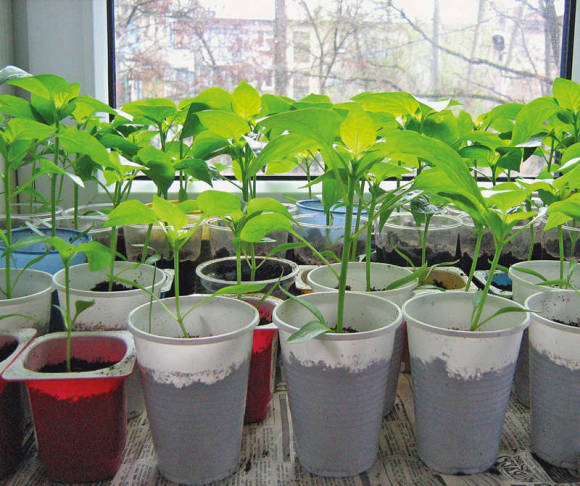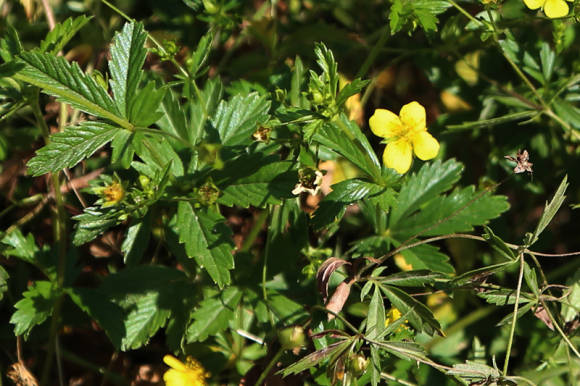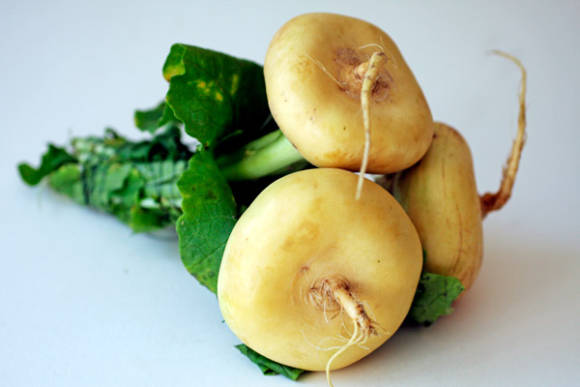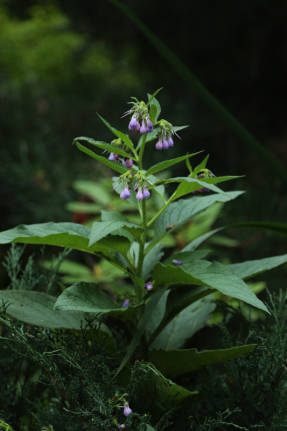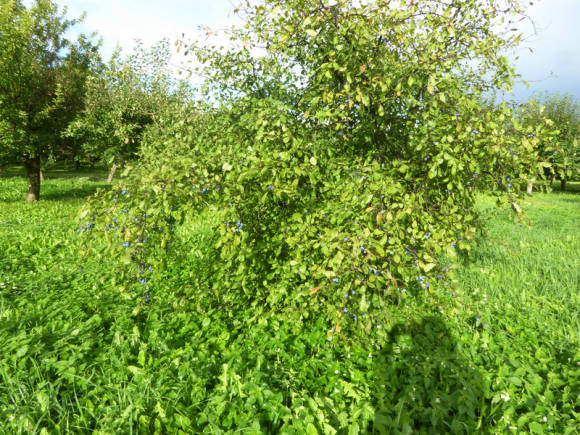 |
The birthplace of the date Robelen (Phoenix roebelenii) are tropical humid regions of Central and Southern China, Laos and Vietnam. Its habitats are confined to coastal areas or rocky shores, where this palm tree often grows like a rheophyte (rheophytes are plants that grow in fast streams of water).
The specific name was given to the plant by James O'Brien in 1889 in honor of the German orchid collector Karl Robelen, who discovered the plant in Laos.
The Robelena date grows like a multi-stemmed palm, forming a group of squat plants at the base of a taller stem. Such an adaptation helps him to survive during floods. This is a low palm tree, the trunks reach only 1-2, less often 3 m in height and 10 cm in diameter. In culture, single-stemmed specimens obtained by dividing a multi-stemmed plant are usually found. Stems are erect or inclined, covered on top with remnants of old leaves, become smooth with age, with diamond-shaped marks from fallen leaves. Roots sometimes grow from the trunk above ground level. The leaves are pinnate, 1-2 m long, arcuate, forming a crown up to 3 m in diameter. On both sides of the rachis (base of the leaf), there are 25-50 linear, dark green soft leaves located in one plane, each leaf is up to 40 cm long and about 1.2 cm wide, cut in two at the top. Young leaves are covered with whitish fibers and a mealy bloom. The first few pairs of leaflets are modified into sharp spines up to 8 cm long. The leaf sheath is reddish-brown, fibrous. The species is dioecious, male and female axillary low-branched inflorescences about 45 cm long are formed on different plants. The flowers are small, yellowish. Fruits obovate, about 1.5 cm long and up to 0.7 cm in diameter, edible, turn purple-brown when ripe.
As the space for cultivated fruit plants is being developed, the Robelen date is gradually being ousted from the places of its natural growth. But since its appearance in Europe, this palm tree has been widely grown in the collections of many botanical gardens. The small size, slow growth rate, beautiful curved, less thorny leaves make the Robelen date more acceptable than other dates for ornamental cultivation as a pot and container plant. For its high decorativeness, the palm received an award from the Royal Horticultural Society of Great Britain.
The endurance of this species also contributes to its popularity. It can adapt to most types of soil, provided it is well drained. And, despite the tropical nature, it is quite cold-resistant, tolerates short-term drops in temperature to 0оС. In adulthood, the plant can withstand short-term drought. Prefers to grow in full sun or partial shade. For better growth, it needs high humidity. The most suitable conditions for keeping this species can be provided in warm greenhouses and greenhouses. It grows well in open ground, provided that the minimum temperatures do not fall below + 10 + 16 ° C. If it is possible to maintain high air humidity in the room, the plant can be recommended for landscaping spacious and bright offices.
Home care
Illumination. Dates are light-loving plants, therefore south-facing windows are recommended for their cultivation. You may need a little protection from direct midday sunlight only during heatwaves, or you may need to provide good air exchange to keep the leaves from overheating through the window panes. It is useful in the warm summer months to take the plant out into the garden, be sure to gradually accustom it to the sun's rays.In winter, it is advisable to provide the date with additional artificial light so that the daylight hours are 12-14 hours. For the crown to grow evenly, it is necessary to turn the pot regularly so that the leaves do not tilt to one side in search of light. Temperature conditions. The optimum temperature in summer is + 20 + 25 ° C. As a tropical plant, the Robelen date does not need a mandatory winter rest in cool conditions, but a slight decrease in temperature to + 16 + 20 ° C is recommended from November to February to reduce metabolic rate in low light to prevent exhaustion. When kept cooler, brown spots may appear on date leaves. Watering. In spring and summer, watering is plentiful, after the top layer of the soil dries out, preventing stagnation of water. After 30 minutes after spilling, excess water must be drained from the pallet. In winter, dates are watered less often, without bringing the soil to dry out. Air quality. Robelena's date prefers humid air. Spray the leaves with boiled water several times a day, especially on hot days. At low air humidity, the tips of the leaves can dry out. All year round, the room where the date palm is kept must be well ventilated - dates are afraid of stagnant air. In the absence of ventilation, they are susceptible to spider mites. A regular warm shower will be beneficial for the date, this will free the leaves of accumulated dust and prevent tick damage. Soils and transplants. The Robelena date can be grown in standard ready-made palm soil. Sod soil can be added to fresh soil during transplantation, increasing its share with the age of the plant. For better drainage, it is useful to mix perlite into the mixture. Transplanting is carried out only by careful transshipment, without damaging the roots, provided that the roots fill the previous volume, increasing the size of the pot slightly. Young plants are usually transplanted once every 1-2 years, older ones - once every 3-5 years, in large-sized plants they are limited to periodic replacement of the top layer of soil with a fresh one. Top dressing produced in the spring-summer months with complex fertilizers for palms with microelements according to the instructions, in the winter the dose is reduced by 2-3 times. It is useful to carry out foliar dressing; for this, a weakly concentrated solution of fertilizers is used (10 times reducing the dosage for root dressings), which is sprayed once a week on the leaves of the plant. Reproduction The Robelen date can be produced both by seed and by the separation of daughter plants. However, most often single-stemmed plants obtained by such division go on sale, and the growth of children is rarely observed. When separating daughter plants, they should already have their own roots. At first, they are kept in greenhouses with high air humidity in slightly damp soil. After the onset of active growth, young plants can be accustomed to the open air of the room and looked after as for adult palms. From seeds the date grows rather slowly. It takes about 3 months for seeds to germinate if they are fresh and in warm and moist soil. But sprouts may appear later, after a year. The first 2-3 years, simple lanceolate leaves appear, and only later do feathery leaves begin to grow. Pests. The date can be affected by mealybugs, scale insects, mites. On measures to combat them - in the article Houseplant pests and control measures.

Possible growing problems

